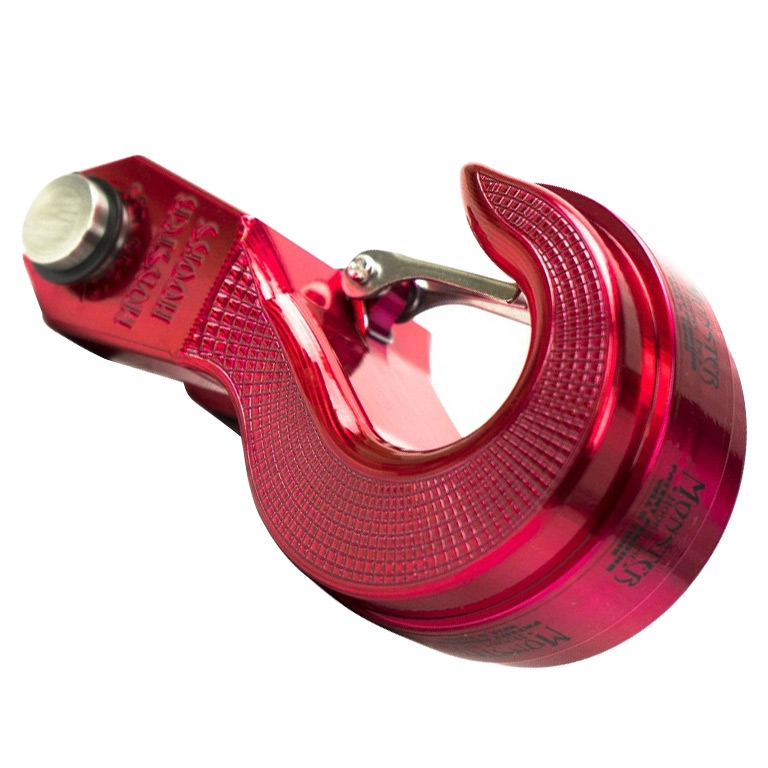In some applications, to connect the ropes from one to another, we require a versatile and reversible connection, which binds them and quickly functions and removed to adapt to changing conditions. If you’re planning to lift your next project, many things are there rapidly for you to become barriers, such as the type of hooks, slings, and components, which work well.

Hooks are made to lift heavy loads
Factually, hooks are essential for lifting heavy loads, but there is a wide range of variety to think about which you should go to and which one is suitable for your projects.
First of all, to make a quality selection, you should consider a few of the following information:
- The weight of your project.
- The type of load.
- The angle from the project is lifted.
- Head connection point.
- Bottom connection point.
- Shackle connections.
- Type of bolts used in your project.
- Lifting connection point.
After you’re done compiling the critical features regarding your project, you might get an idea of which type of hook you should go for. Here is a list of hooks are available in the market; you need to select the correct hook for the project, as all of these hooks work differently. Some of the hooks include clevis, swivel, eye, grab, and foundry hooks, it’s just to name a few of them.
Moreover, how these hooks will work and which one of the best options you should go for your project lifting. A range might include:
Eye type Hook:
This type requires a coupler in most cases to be able to connect a sling or shackle, which provides flexibility.
Clevis Type Hook:
It offers less flexibility, as the hook is directly connected to the chain. Clevis hooks are also affordable if you buy them from the wholesale market.
Swivel Type Hook:
They are designed for ball bearing to go through the underload process freely. You can find them from any wholesale swivel hooks market at a reasonable price.
Foundry Type Hook:
These hooks are usually designed without a latch, which means it’s used in applications where the risk is high of loading and removing the load from the hook.
Grab Type Hook:
It provides flexibility to shorten chain slings and is widely used for back-hooking with their supporting lugs to allow no or less reduction of the working load limit.
